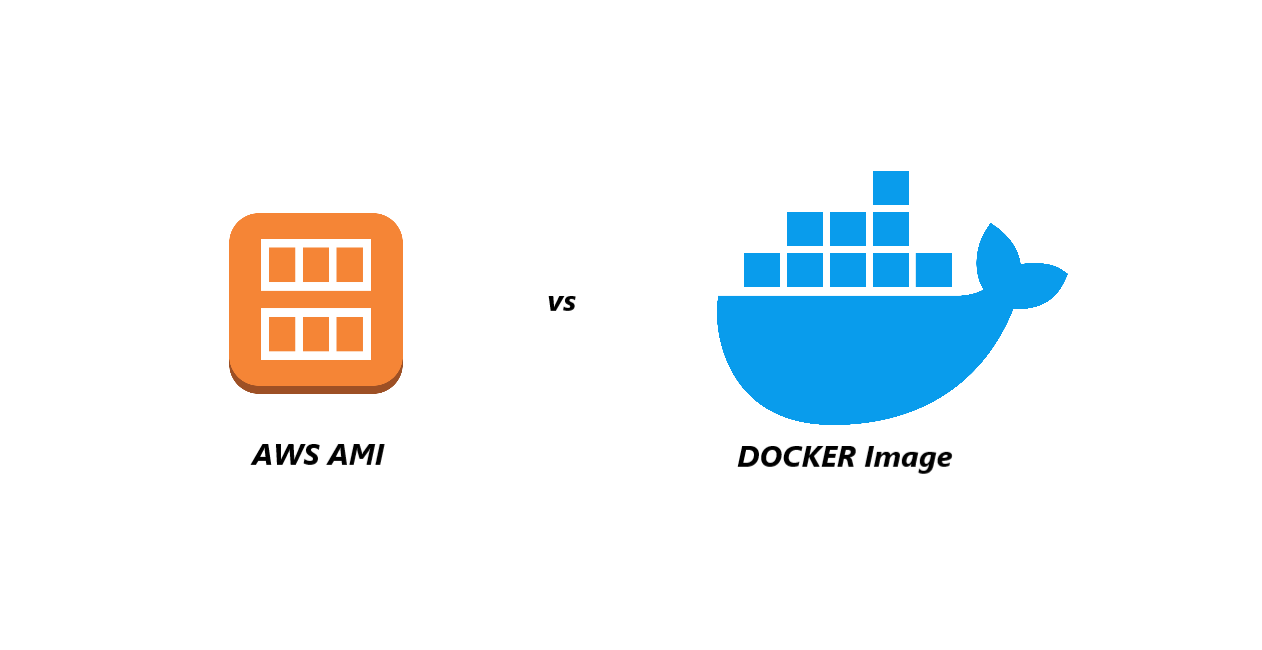Day 14 - Comparing AMIs and Docker Images in Cloud Computing
 Arnold Bernard
Arnold Bernard
In cloud computing environments, the choice between using Amazon Machine Images (AMIs) and Docker Images for deploying applications and services can significantly impact efficiency, scalability, and management overhead. Both AMIs and Docker Images serve as fundamental building blocks in cloud infrastructure, each offering unique advantages depending on the specific needs of the deployment.
Amazon Machine Images (AMIs)
Amazon Machine Images (AMIs) are templates that contain a software configuration (operating system, application server, and applications) required to launch virtual instances in the Amazon Web Services (AWS) ecosystem. These images are essentially snapshots of a virtual machine’s root volume and include pre-configured software and operating system settings.
Benefits and Advantages of AMIs:
Comprehensive Environment Setup: AMIs provide a complete environment setup, including the operating system and all necessary software dependencies. This makes them suitable for applications that require specific configurations or software versions.
Isolation: Each AMI is a standalone unit, ensuring isolation and independence from other instances. This can be advantageous for security and stability, as changes to one instance do not affect others based on the same AMI.
Predictable Performance: Since AMIs are virtual machine snapshots, performance characteristics are more predictable compared to containerized solutions like Docker. This predictability is crucial for applications with stringent performance requirements.
Ecosystem Support: AWS offers a wide range of tools and services that integrate seamlessly with AMIs, such as AWS Elastic Beanstalk and AWS Marketplace, facilitating easier deployment and management.
Easy Scalability: AMIs can be quickly duplicated to create multiple instances, allowing for easy horizontal scaling based on demand.
Docker Images
Docker Images, on the other hand, are lightweight, standalone, executable packages that include everything needed to run a piece of software, including the code, runtime, libraries, and dependencies. Docker Images are used with Docker containers, which provide a standardized unit of software that can be run across different environments.
Benefits and Advantages of Docker Images:
Consistency Across Environments: Docker Images ensure consistent environments from development through to production. This eliminates the classic “it works on my machine” problem by encapsulating the application and its dependencies.
Resource Efficiency: Docker containers share the host system’s kernel and use fewer resources compared to virtual machines, resulting in faster startup times and efficient resource utilization.
Portability: Docker Images and containers are highly portable across different platforms and cloud providers, allowing for easy migration and deployment in hybrid or multi-cloud environments.
Version Control: Docker Images support versioning, allowing developers to maintain multiple versions of an application or service. This makes it easier to roll back to previous versions if needed.
Microservices Architecture: Docker containers are well-suited for microservices-based architectures, where applications are broken down into smaller, independent services. Each service can run in its own container, promoting scalability and flexibility.
Choosing Between AMIs and Docker Images
The choice between AMIs and Docker Images depends largely on the specific requirements of your application and the deployment environment:
Use AMIs When: You need a complete and predictable environment with specific configurations. AMIs are ideal for traditional monolithic applications or when integrating deeply with AWS services.
Use Docker Images When: You prioritize portability, scalability, and resource efficiency. Docker Images are suitable for modern microservices architectures, continuous integration/continuous deployment (CI/CD) pipelines, and environments where rapid deployment and scaling are critical.
Conclusion
Both AMIs and Docker Images play crucial roles in cloud computing, offering distinct advantages based on application requirements and deployment scenarios. Understanding the strengths and considerations of each helps in making informed decisions that optimize performance, scalability, and management of cloud-based applications.
In summary, while AMIs provide comprehensive and isolated virtual machine snapshots, Docker Images offer lightweight, portable containers with efficient resource utilization and consistent environments. Choosing between them involves evaluating factors such as scalability needs, deployment agility, and ecosystem integration.
By leveraging the strengths of AMIs or Docker Images appropriately, organizations can effectively build, deploy, and manage applications in cloud environments, aligning with their specific operational and business goals.
Subscribe to my newsletter
Read articles from Arnold Bernard directly inside your inbox. Subscribe to the newsletter, and don't miss out.
Written by
